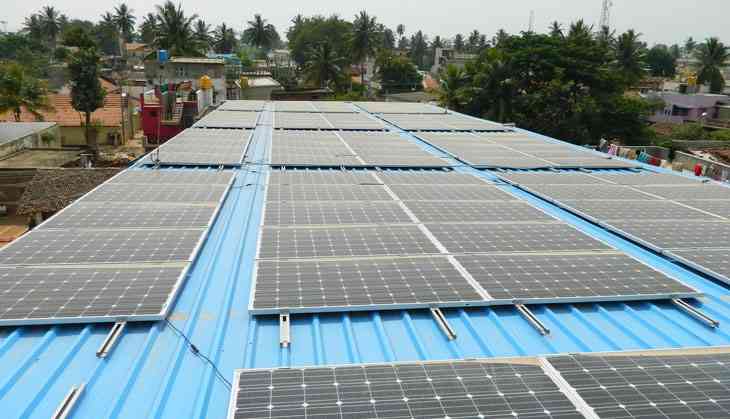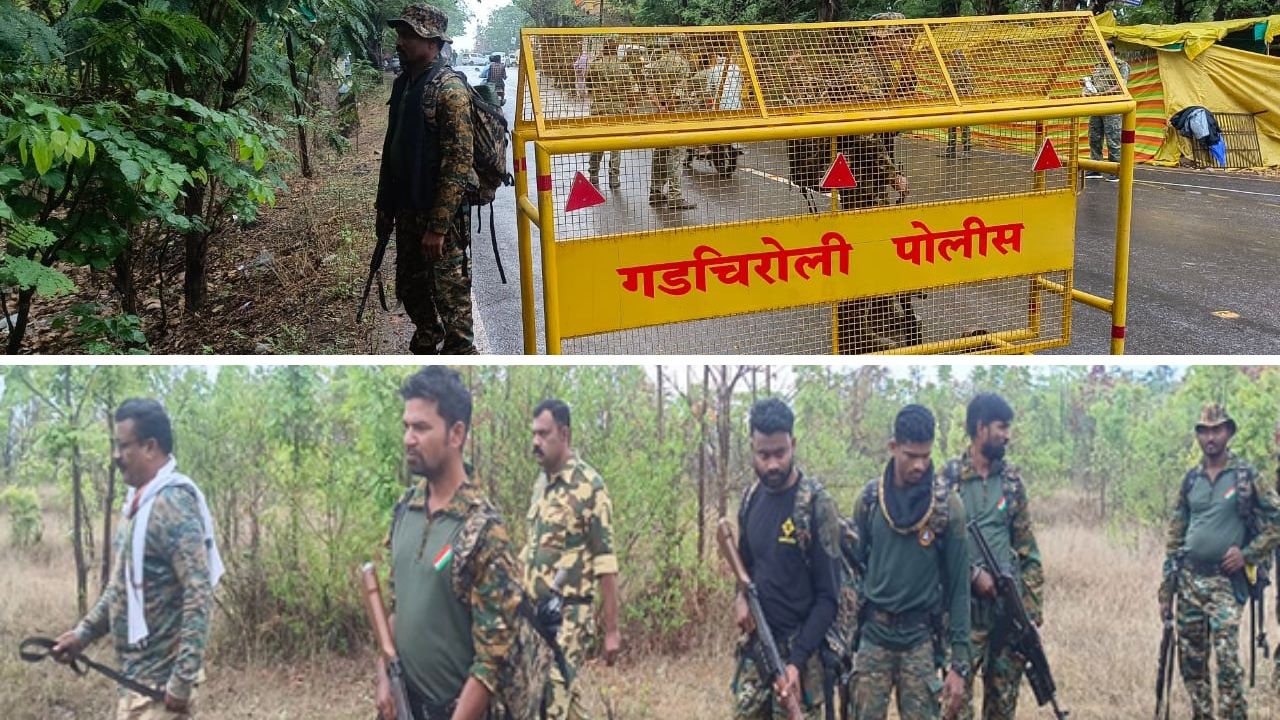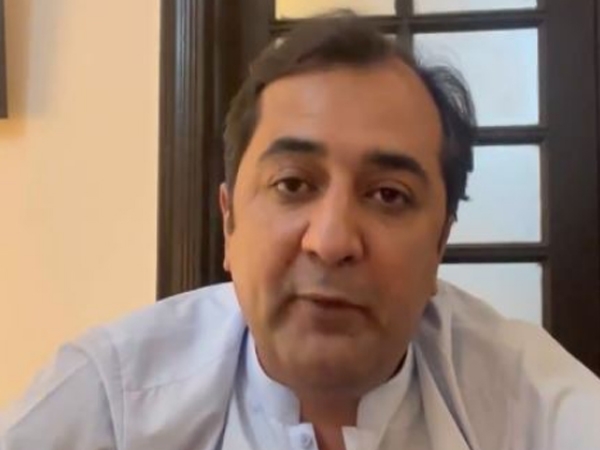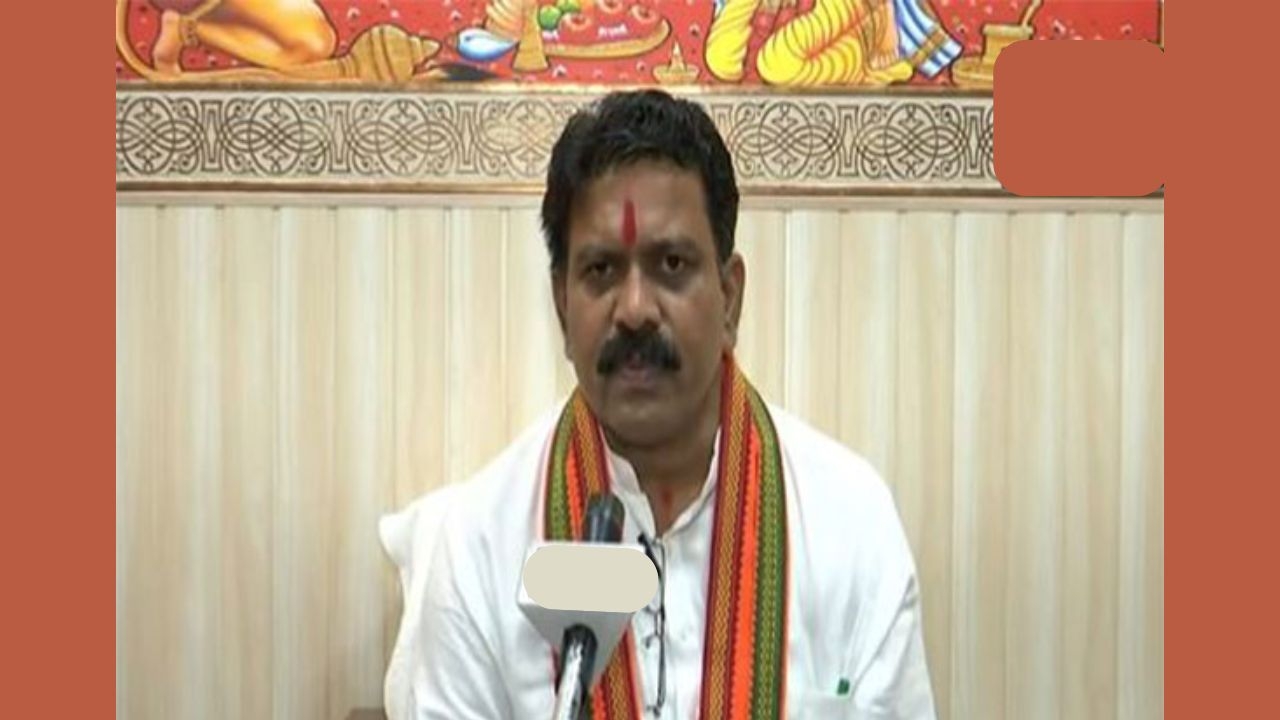Shadowline: India puts up poor show in generating solar power from rooftop panels

- The aim is to produce 40 Giga Watt (GW) of energy through rooftop PV (photovoltaics).
- India has the current rooftop solar capacity of 1.1 GW.
- According to Credit Rating and Information Services of India Limited (CRISIL), only 11-12 GW of solar capacity would be added to the grid by 2022 at the current rate of its growth.
India is set to be the world’s third-largest solar-power producing country this year. But major lacunae still exist in the sector, especially where generation of power from rooftop panels are considered.
India's policymakers hope to raise the country's solar power capacity to 100 gigawatts (GW), utilising the Grid Connected Solar Rooftop and Small Solar Power Plant Scheme. The scheme was launched by the Ministry of New and Renewable Energy on 25 June 2014.
India's goal is to notch up 40% of the 100 GW through rooftop panels by 2022. But that seems to be a long shot, going by the current growth rate.
The contradiction
India has indeed made some headway as far as renewable energy is concerned. Consider these:
*One location at Madhya Pradesh's Rewa district is expected to produce the world’s cheapest solar energy at Rs 2.97 a unit.The capacity: 750 megawatts.
* The country added 9 GW solar power to the grid just about a month ago.
*Adani Power recently completed building the world’s biggest solar park at Kamuthi, 90 km from Madurai, Tamil Nadu.
The rooftop segment though doesn't share the growth story.
Rooftop photovoltaic (PV) cells would generate only 12-13 GW by 2022, according to an estimate by analytical firm Crisil.
“Rooftop panels are currently generating 1 GW. To reach to 40 GW in 2022, production needs to grow by 36%. This seems highly unlikely under current circumstances,” said Pranav Master, associate director of Crisil Research.
What is the bottleneck?
The Centre for Science and Environment (CSE) cites four reasons for the lack of growth:
1. Lack of awareness
2. Lengthy approval process
3. Frequent policy changes
4. Issues with distribution companies
Karnataka has a relatively better record of rooftop PV installation. Even that state has paid for frequent shifting of goalposts by the government.
In October 2013, Karnataka Electricity Regulatory Commission (KERC) announced a tariff of Rs 9.56/unit for rooftop power. It was available only to those who did not take the 30% subsidy provided by the central government. Those who had already benefitted from the subsidy would receive only Rs 7.20/unit.
“These high rates attracted the attention of many. KERC was flooded with applications seeking permission to install rooftop solar PVs. However, KERC revised the tariff to Rs 7.08/ unit (without subsidy) and Rs 6.03/ unit (with subsidy) in May 2016. This effectively killed the enthusiasm among the masses,” Ulka Kelkar, a fellow at Climate Change, Ashoka Trust for Research in Ecology and the Environment (ATREE) said.
“The Union Government provides a 30% subsidy to encourage rooftop solar PVs. But lower tariffs discourage potential producers. As a result, the initiatives of the state and the central governments tend to compete and not complement each other,” Kelkar added.
KERC's rates are still the highest. A state like Uttarakhand doesn’t even have a policy to buy rooftop solar electricity. Madhya Pradesh shells out only Rs 2.5/unit.
Is the target achievable?
Government officials acknowledged the enormity of the task. However, they maintained that the 40 GW target was achievable.
“We are going to make the whole process online. This would end red-tapism associated with installing a rooftop solar PV," said Hiren Chandra Bora, under-secretary in charge of grid-connected rooftop solar PVs in the renewable energy ministry. "The government is also working towards providing cheap loan for the purpose,” he added.
The government is also focusing on thousands of its own offices across the country. It has planned to install rooftop solar PVs over all offices by this month. The first phase of installing solar panels at the Presidential Estate was initiated on 10 February. It is aimed at generating 670 kilowatts solar energy.
Will these measures be enough. Perhaps we need to wait for five more years to find out.
First published: 1 March 2017, 13:28 IST




_251021_300x172.jpg)

![BJP's Kapil Mishra recreates Shankar Mahadevan’s ‘Breathless’ song to highlight Delhi pollution [WATCH] BJP's Kapil Mishra recreates Shankar Mahadevan’s ‘Breathless’ song to highlight Delhi pollution [WATCH]](http://images.catchnews.com/upload/2022/11/03/kapil-mishra_240884_300x172.png)

![Anupam Kher shares pictures of his toned body on 67th birthday [MUST SEE] Anupam Kher shares pictures of his toned body on 67th birthday [MUST SEE]](http://images.catchnews.com/upload/2022/03/07/Anupam_kher_231145_300x172.jpg)






